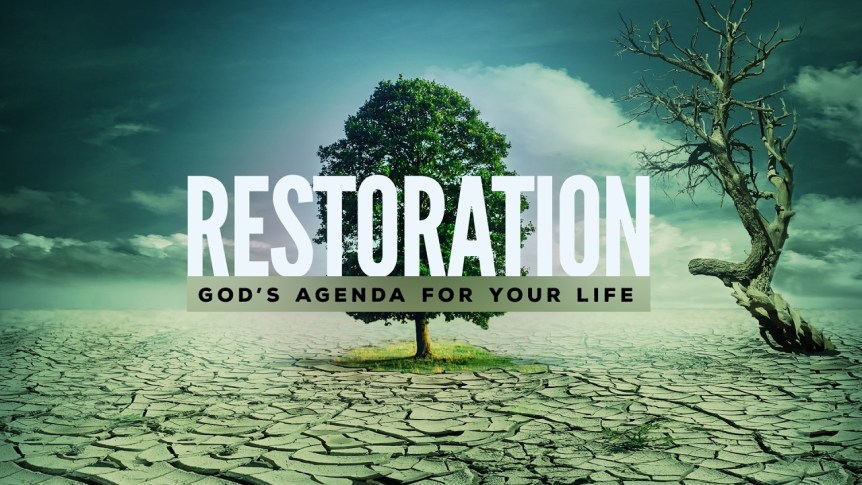The word “restoration” evokes images of historical buildings regaining their former glory or a cherished antique being meticulously brought back to life. But restoration goes beyond the physical realm; it’s the act of reviving, renewing, and bringing back something to a state of wholeness. In our fast-paced world, the concept of restoration takes on even greater significance, reminding us of the importance of preserving the past, revitalizing the present, and restoring balance for a sustainable future.
Looking Back: Preserving the Echoes of the Past
Historical restoration plays a vital role in connecting us to our heritage. By restoring old buildings, monuments, and artifacts, we keep the stories of the past alive for future generations. Restoration breathes new life into these sites, not just cosmetically, but also functionally. Imagine a once-abandoned castle transformed into a museum, or a neglected lighthouse revitalized into a beacon of tourism. These restorations not only honor the past but also contribute to the cultural and economic landscape of the present.
Restoring the Present: Finding Harmony in a Changing World
Restoration extends beyond brick and mortar. It’s about revitalizing neglected spaces and ecosystems. Imagine a polluted river transformed into a vibrant ecosystem teeming with life, or a barren wasteland revegetated into a thriving green space. These efforts not only improve environmental health but also enhance the quality of life for communities. Restoration projects can also focus on social issues. Initiatives like revitalizing abandoned neighborhoods or restoring community centers promote a sense of well-being and belonging.
Restoring Balance: Building a Sustainable Future
In an era of climate change and resource depletion, restoration focuses on achieving a sustainable balance between human development and environmental well-being. This can involve restoring degraded forests, protecting endangered species, and adopting renewable energy sources. It’s about finding ways to meet our needs without compromising the ability of future generations to meet theirs. By actively restoring natural habitats and promoting responsible resource management, we create a more sustainable future for all.
The Tools of Restoration: A Multifaceted Approach
Restoration is not a one-size-fits-all process. It requires a diverse set of tools and approaches depending on the subject of restoration. Historical restoration involves meticulous historical research, skilled craftsmanship, and the use of traditional materials to ensure authenticity. Environmental restoration utilizes ecological expertise, sustainable technologies, and community involvement to revitalize ecosystems.
Embracing the Journey of Restoration
Restoration is a continuous process, not a single act. Just as a building requires ongoing maintenance, so too do our ecosystems, communities, and personal well-being. Restoration is a journey towards wholeness, a commitment to preserving, reviving, and nurturing the things that matter most. Whether it’s advocating for the restoration of a local landmark, volunteering for a community clean-up project, or even adopting a more mindful lifestyle, we can all contribute to the ongoing act of restoration in our own unique way.
Conclusion
In conclusion, the concept of restoration transcends the physical. It’s a philosophy for approaching the world with a sense of responsibility, respect, and a commitment to long-term well-being. By embracing the spirit of restoration, we can create a future where the past is remembered, the present is vibrant, and the future is sustainable for generations to come.
